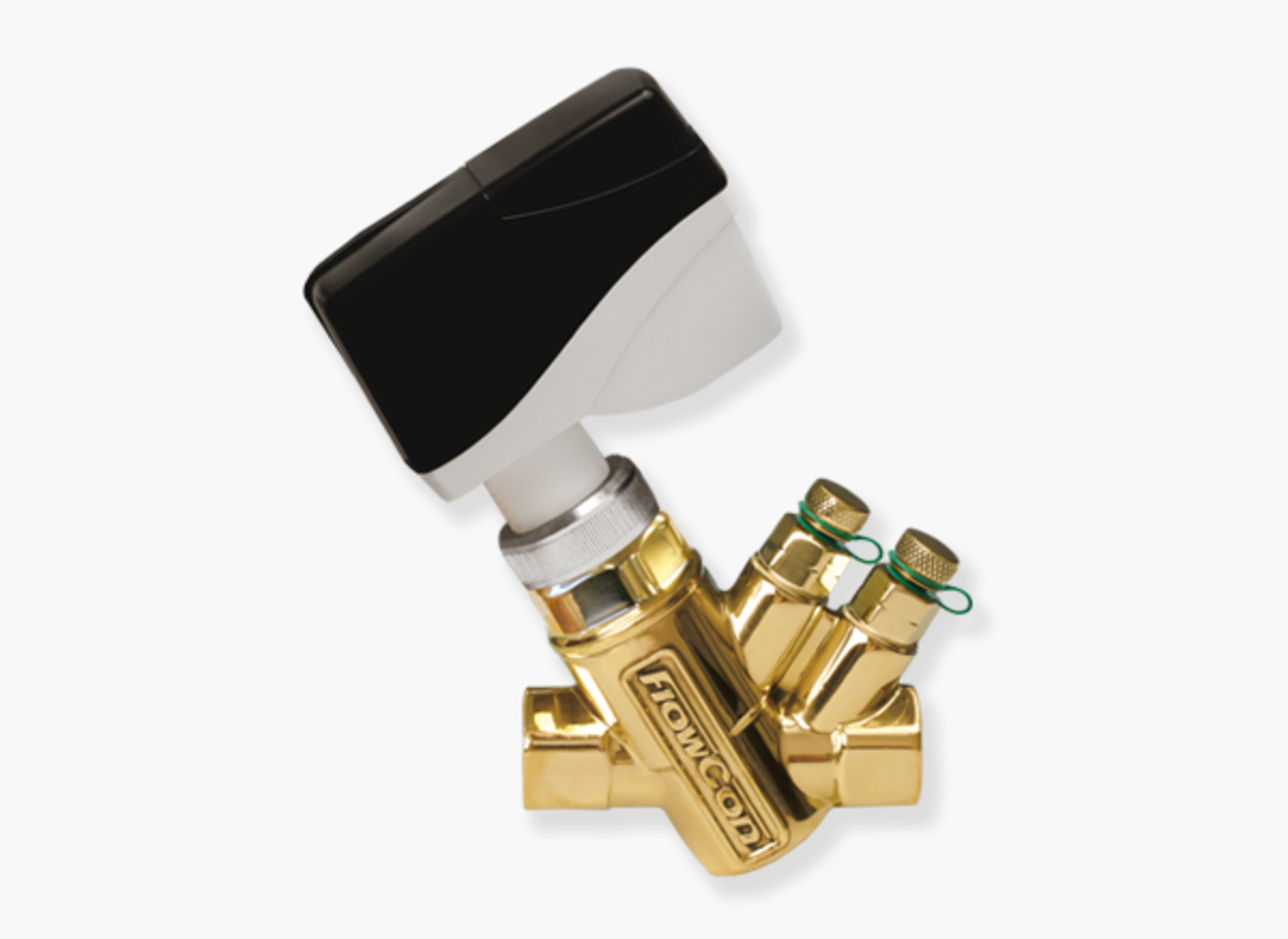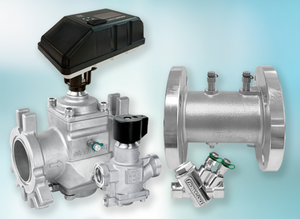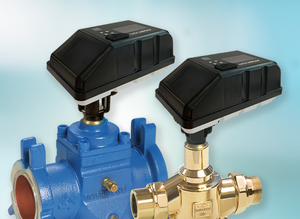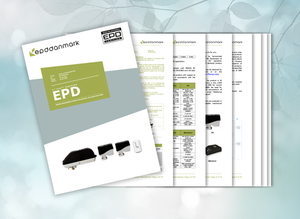08.2020
FlowCon introduces the FNP.0.2 Actuator
FlowCon introduces a simplified project version of the FN modulating actuator.
The new actuator - called FNP.0.2 - will match the FlowCon Green.0/1/1HF/2 valves.
The new FlowCon FNP.0.2-actuator holds the following features:
- Simplest choice - What you see is what you get:
Pure 24V modulation and no feedback. - Flexible solution - Selectable control characteristic:
Linear flow or equal percentage to be selected directly on the actuator. Hence, control characteristic for the valve may be determined late and even after installation. - Easy installation - Upside-down:
The new version allows upside-down installation making 360° installation possible. - Built-in safety - Electrical override:
The new version includes an integrated electrical override function. Automatic re-calibration will always follow deactivation of override. - Fast run time:
Normal operation run time is 22 sec/mm.
More Information
Latest News
See all
Upcoming Webinar
How to keep ΔT under control in high-load data centers
December 4th 2025, 13.00-13.45 CET
NEW SM actuator range for FlowCon SM PICVs
Wider flow range, new failure actions and programming port.
We say: the SAME but MORE
New massive T4 at Urumqi International Airport, China
Precise control, easy commissioning, scalability, efficiency, and lower operating costs is why FlowCon was selected
FlowCon publishes yet another EPD – now for PICV-actuators
The EPD covers the FlowCon FN, FH, FT, and SM ranges
Sustainability and PICVs
Sustainability in HVAC is no longer optional - it is fundamental to responsible system design






